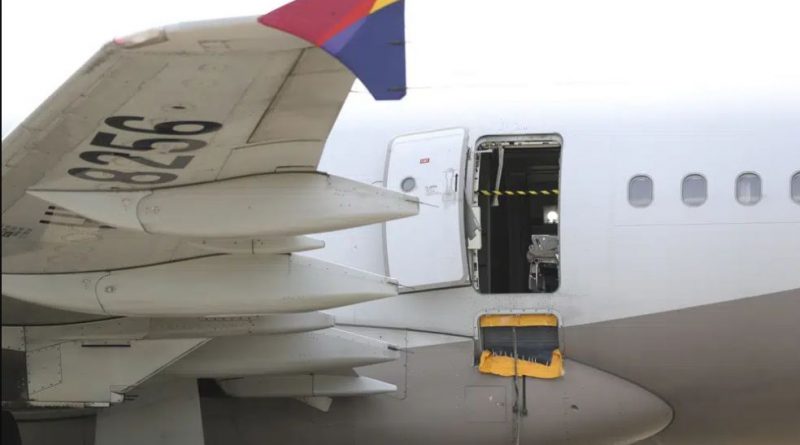US Flight Operations Improve as Air Traffic Control Absences Decline and Normalcy Nears
Washington – The United States aviation system is showing strong signs of recovery as the government freezes flight cuts at 6%, marking a key step toward restoring normal operations.
The positive change comes after a noticeable drop in air traffic control absences, allowing airlines to resume more regular schedules and easing pressure on travelers nationwide.
Officials confirmed that the reduced cuts will remain in place while assessments continue to ensure that flight safety and efficiency are maintained across all major airports.
This move signals optimism that the country’s air travel network could soon return to full strength following weeks of disruption during the recent government shutdown.
The Federal Aviation Administration’s (FAA) decision to freeze reductions at 6% instead of the previously planned 8% and 10% for the following days reflects significant progress.
Airlines and passengers alike are experiencing fewer cancellations and delays as staffing levels stabilize and operations strengthen across key aviation hubs.
Flight cancellations dropped to just 900 on Wednesday, the lowest in nearly a week, showing that the system is steadily recovering.
Delays have also decreased sharply, giving passengers more confidence and ensuring smoother travel experiences throughout the nation’s airports.
Transportation Secretary Sean Duffy stated that once the current trend of improvement continues, the FAA will outline a plan to return to complete operational capacity.
His message brought reassurance to travelers and airline employees who have been waiting for stability and predictability in flight schedules.
Airlines have responded positively to the announcement, expressing confidence that operations will return to normal over the weekend.
Executives from leading carriers such as Southwest and Delta noted the encouraging improvements in scheduling efficiency and workforce readiness.
Southwest Airlines shared optimism that the FAA would soon authorize full flight operations once the shutdown officially concludes, projecting that the aviation system could be back to regular service within days.
Delta Air Lines echoed this sentiment, highlighting that the progress made so far demonstrates strong teamwork across the aviation sector.
Recent data shows a remarkable decline in flight delays, with only 2,000 recorded on Wednesday compared to nearly 10,000 on Monday.
The improvement underscores the dedication of air traffic controllers and aviation staff who continued to ensure passenger safety despite challenges.
The government has also confirmed that air traffic controllers will soon receive 70% of their back pay within 48 hours of the shutdown ending, helping workers recover financially and return to their duties with renewed motivation.
This payment plan is expected to boost morale and enhance workforce stability.
Air traffic controller shortages, which had placed significant strain on the system, are now being addressed as staffing levels gradually return to normal.
The FAA remains committed to filling these roles and ensuring a well-supported and safe aviation environment for travelers.
The improved coordination between federal authorities, airlines, and airport management teams is accelerating the pace of recovery.
The goal is to achieve seamless operations and restore full passenger confidence ahead of the busy travel season.
Industry leaders acknowledge that while the shutdown caused temporary financial impacts, the long-term outlook remains positive.
With flight operations improving and air travel demand expected to rise again, the aviation industry is poised for a strong comeback.
This progress marks a turning point for U.S. air travel, showcasing resilience, cooperation, and efficient crisis management.
The nation’s aviation system is not only recovering but also emerging stronger, with renewed focus on safety, staffing, and passenger satisfaction.
The reduction in flight disruptions highlights the country’s ability to adapt quickly and overcome operational challenges. As the skies grow clearer and schedules stabilize, travelers can once again look forward to reliable, timely, and safe air travel across the United States.



